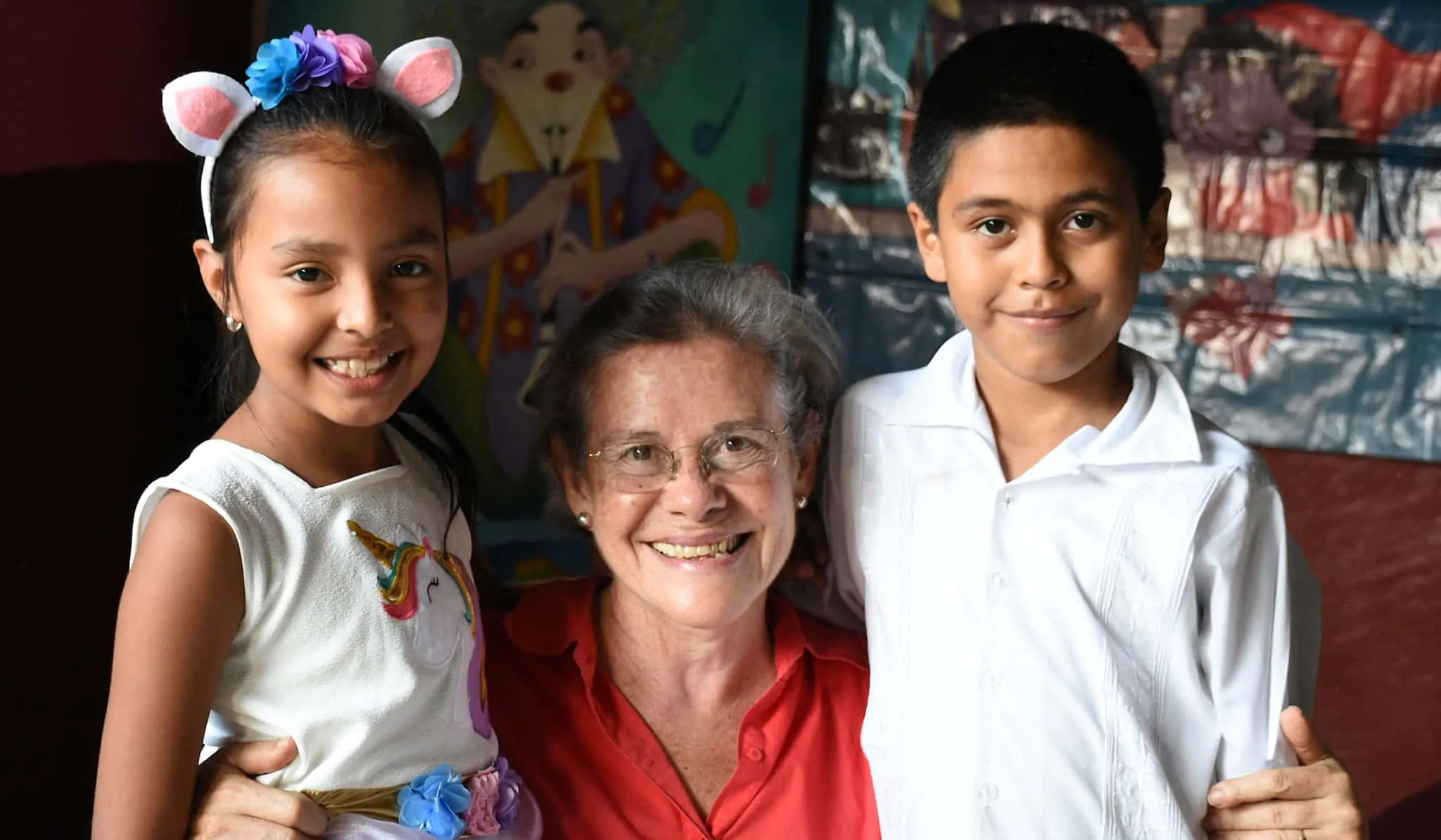Now that students are back in school, there is a renewed focus on social-emotional learning. According to the Collaborative for Academic, Social, and Emotional Learning SEL, social-emotional learning encompasses five core competencies – Self-Awareness, Self-Management, Responsible Decision-Making, Relationship Management, and Social Awareness. At the core, social-emotional learning is helping students identify what is going on in their minds and hearts, so they can use their hands to build up and not tear down. As caring adults, we are helping our children identify and articulate what they are thinking and feeling so they can make choices to do good for themselves, their friends, families, and communities, SEL is Prevention and Intervention.
Social-emotional learning is both prevention and intervention. In the early 1990s, Hawkins & Catalano proposed the Communities that Care model (Hawkins & Catalano, 1992, 1995). A community of care includes providing a full circle of support to students and their families at home and school, which may mean a food pantry, laundry services, a clothes closet, English as second language classes, or GED opportunities at the school building. To help students succeed, we want to decrease risk factors, such as poverty and homelessness, and increase protective factors, such as healthy peer relationships and positive role models.
To the degree that we are offering a proactive approach to community building by establishing a common language, fostering shared experiences, and offering support services – we are engaged in prevention work. Merriam-Webster’s Dictionary defines prevention as the act of preventing or hindering. By taking a preventative approach, we are combating chronic absenteeism, drug abuse, alcoholism, teen pregnancy, and violence by offering positive alternatives for how students use their time and talents. Organized sports and arts programs are prevention. As caring adults, we must infuse the conversation about values and decision-making into these learning activities. As caring adults, it is incumbent upon us to set the guardrails in place for student thought and behavior. Values such as kindness, cooperation, patience, perseverance, and more are tenets upon which we can all agree, regardless of race, nationality, socio-economic status, or gender orientation. These ideals are what make us human.
But what about our students who are already in trouble? Is it too late for them?
Absolutely not! Our students who may struggle academically, socially, or behaviorally are crying out for more support. Instead of labeling these students as problems, we need to see them as opportunities. They have the opportunity to change and grow, and we have the opportunity to learn and grow with them.
Intervention is “action taken to improve a situation “ (Oxford Dictionary). We as educators and parents often think that a student sent to the Alternative Learning Center or a pregnant student must be shamed into doing better. As researcher Brene’ Brown points out, shame makes us feel flawed and unworthy of love. Is it possible to use shame to help children improve their decision-making? What if we, as caring adults, choose instead to extend unconditional love while simultaneously upholding the values of Responsibility, Respect, Courage, Honesty, and more? What if we provide the space to listen to what is going on in the hearts and minds of our children, letting their voices be heard and engaging in dialogue with them to help redirect their thoughts and behaviors? Yes, this is a messier approach. It would be easier to say, “Do this because I told you so,” but would we be helping our students if we shuttered their process?
I believe wholeheartedly that part of the reason students feel our current education system is irrelevant derives from an expectation to listen silently rather than engage deeply with those they are to learn. Is this a problem with our students? Or is this an indication of our desire for control?
Educators and parents aim to guide and support the next generation. They know that we don’t have all the answers. All they have to do is look at their Twitter feed for the latest news trending about climate change, racism, or COVID for evidence for their case against us. However, what if we work alongside them, exploring life stories, engaging in meaningful conversations, reflecting on our emotions and ideas, and collaborating to create solutions?
As Margaret Mead said, “Children must be taught how to think, not what to think.” That is the best prevention and intervention we can offer because that cultivates hope.
Subscribe to edCircuit to stay up to date on all of our shows, podcasts, news, and thought leadership articles.


